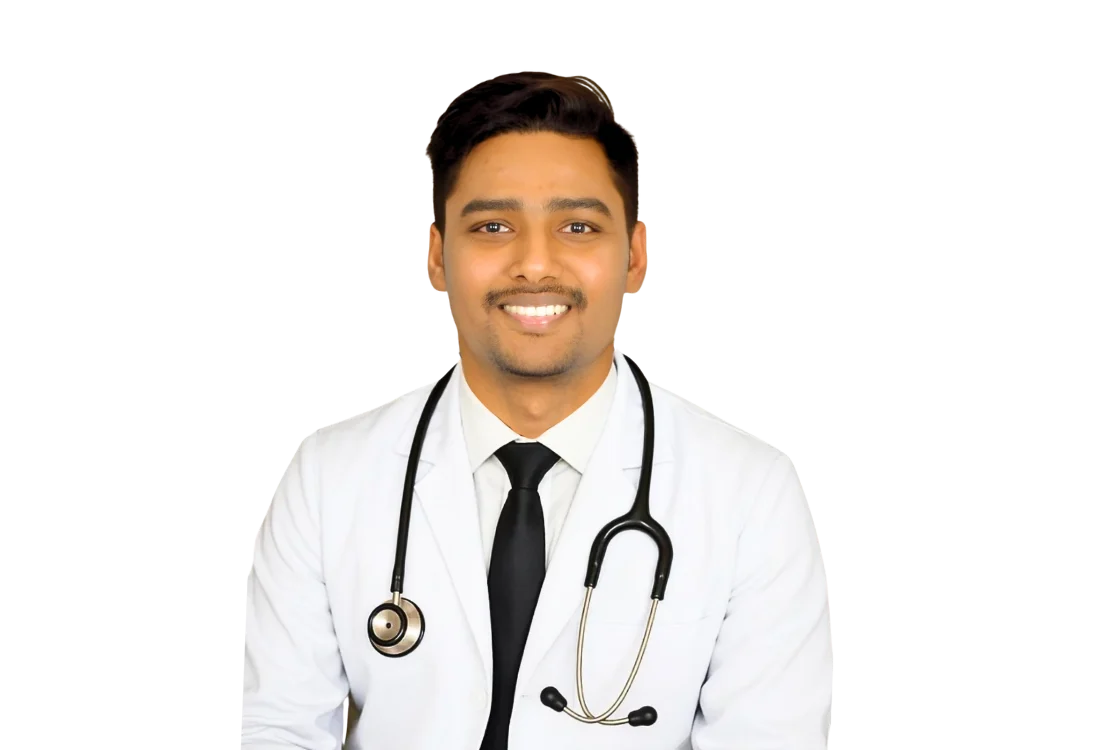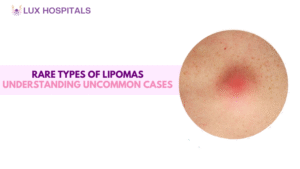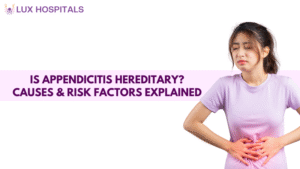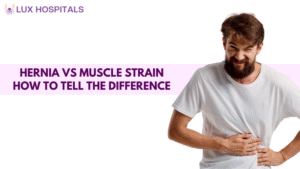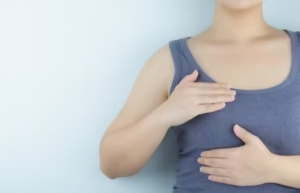7 Warning Signs of Gallbladder Problems You Shouldn’t Ignore
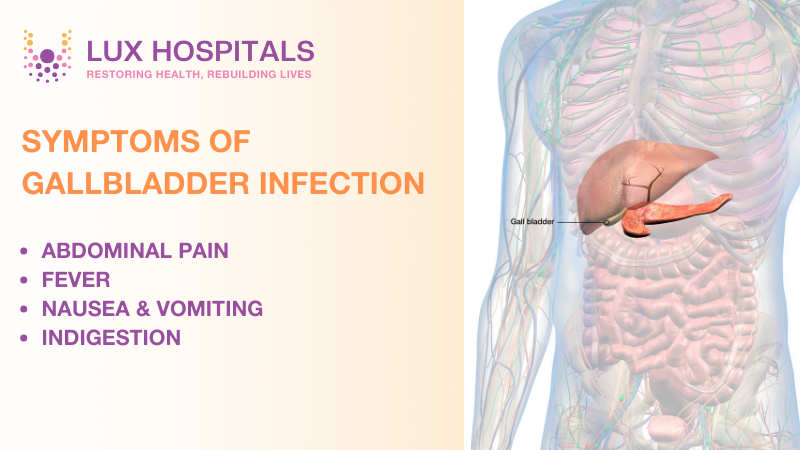
The gallbladder is a small, pear-shaped organ located beneath your liver, storing and secreting bile necessary for the proper digestion of fats. Gallbladder disease occurs in several different ways, all of which depend on the way it has formed. Early diagnosis is essential to help prevent complications.
Here are seven warning signs of gallbladder problems:
1. Abdominal Pain
One of the most frequent symptoms of gallbladder disease is acute, intense pain at the right side of the upper abdomen. Normally, this kind of pain radiates to the back or right shoulder and frequently radiates after the intake of fatty meals. Popularly known as a gallbladder attack, the pain is most likely one of the surest symptoms that you might have gallstones or inflammation in your gallbladder.
2. Nausea and Vomiting
Persistent nausea and vomiting, particularly after eating, can indicate gallbladder issues. These symptoms often accompany other signs of gallbladder dysfunction, such as abdominal pain and bloating. If you frequently experience these symptoms, it’s essential to consult a healthcare provider to assess gallbladder function.
3. Fever and Chills
In case of infection in the gallbladder, fever and chills can result. This mainly occurs when gallbladder stones block the bile ducts. This condition is referred to as cholecystitis. You need to seek medical assistance immediately in case you have these symptoms accompanied by abdominal pain.
4. Jaundice
Jaundice, yellowing of the skin and eyes, can occur if the bile ducts are blocked by the gallbladder stones and the liver accumulates them. This is a condition that requires prompt medical attention since the liver can be damaged by prolonged blocking.
5. Changes in Stool and Urine Color
Dark urine, along with light-coloured stool, may indicate obstruction in the bile flow, generally due to gallbladder stones. The changes are as a result of not being able to move the bile to the intestines, which also helps to metabolize fats while giving the stool a brown colour.
6. Bloating and Gas
Chronic bloating and excessive gassy feeling following eating can indicate gallbladder disease. This symptom comes about due to the gallbladder’s failure to release bile to enable easy digestion.
7. Indigestion and Heartburn
Indigestion and heartburn, particularly after eating fatty foods, can be a sign of gallbladder issues. This usually happens when the gall bladder isn’t working correctly, resulting in the inadequate digestion of fats.
Understanding Gallbladder Disease
Gallbladder disease is a group of diseases that includes gallbladder stones, cholecystitis and gallbladder cancer. If you know the warning signs, you can prevent serious complications and also avoid surgery to remove the gallbladder.
Gall Bladder Stone Symptoms
Gallbladder stones are hard masses that can be in the gallbladder. The common symptoms are:
- Severe abdominal pain
- Nausea and vomiting
- Indigestion
- Jaundice
If you have these symptoms, you should talk with your doctor about the options available for gallbladder stone treatment.
Diagnosing Gallbladder Problems
The doctors diagnose the gallbladder-related problems through some ways like the following:
- Ultrasound: It is the most commonly used test to diagnose gallstones.
- CT Scan: It creates comprehensive images of the gallbladder and structures nearby.
- HIDA Scan: The function of the gallbladder is revealed with the flow of bile through this test.
Treatment Options
The treatment of gallbladder disease depends upon the extent of the disease. In the case of minimal disease, lifestyle changes and medications are sufficient. More severe forms of gallbladder disease, such as recurring gallbladder stones and cholecystitis, are more effectively treated by surgical removal of the gallbladder.
Gallbladder Removal Surgery
Surgical removal of the gallbladder, also known as cholecystectomy, is the common treatment for advanced gallbladder disease. Although considered safe, one should be aware of the possible side effects of gallbladder removal, including:
- Diarrhea
- Bloating
- Changes in digestion
These side effects generally get better with time, but it is necessary to adhere to your doctor’s instructions regarding post-surgery care.
Managing After Your Gallbladder
To keep your gallbladder healthy, the following tips may help:
- Eat a Healthy Diet: Include plenty of high-fiber foods and avoid too much fat.
- Exercise: Regular physical activity may help to prevent gallbladder stones.
- Stay Hydrated: Drinking enough water helps with the production and flow of bile.
If you have a history of gallbladder problems or symptoms, it is essential to get regular check-ups in order to monitor your condition and prevent complications.
When to Seek Medical Attention
If you experience any of the warning signs listed, you should seek medical care. Early diagnosis and treatment can prevent serious complications from developing and help you lead a better life.
Remember, gallbladder disease is curable with the right approach and timely medical intervention. Don’t ignore the warning signs, and take proactive steps to ensure your gallbladder health.
Conclusion
Gallbladder disease can significantly impact your quality of life, but early recognition of the symptoms can lead to effective treatment and management. Knowing the warning signs and seeking early medical advice can prevent complications and keep your gallbladder in optimal health. Stay informed, and don’t hesitate to reach out to your healthcare provider if you suspect gallbladder issues.
Frequently Asked Questions
The first signs of a bad gallbladder often include sudden pain in the upper right abdomen, nausea, and bloating, especially after eating fatty foods. Other symptoms may include fever and jaundice.
After the gallbladder removal, a diet low in fat, greasy foods, and high in fiber is recommended to aid digestion and prevent discomfort. Eating smaller, frequent meals can also help manage symptoms.
If the gallbladder is removed, bile flows directly from the liver into the small intestine, which can affect fat digestion. Most people can live normally without a gallbladder, though some may experience temporary digestive changes.
Recovery from gallbladder surgery for females typically takes 1 to 3 weeks for laparoscopic surgery and 4 to 6 weeks for open surgery.
Gallbladder stones larger than 2-3 centimetres in size can be more dangerous as they may obstruct bile ducts, causing severe pain, infection, or other complications.















